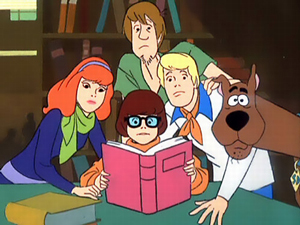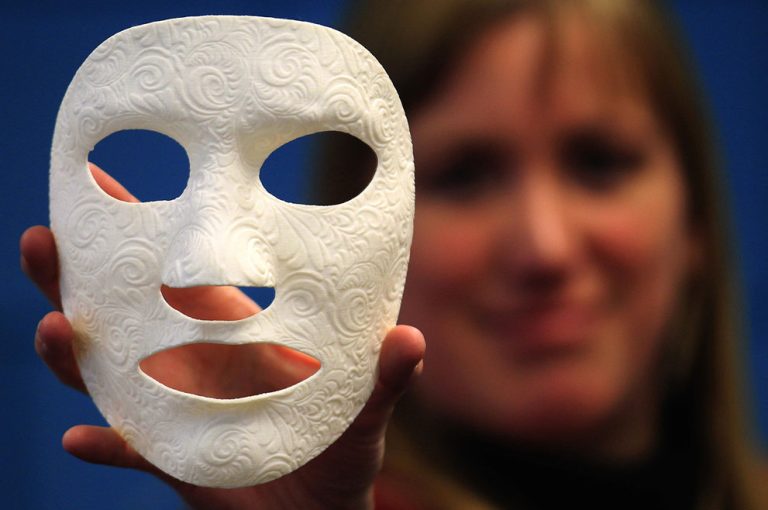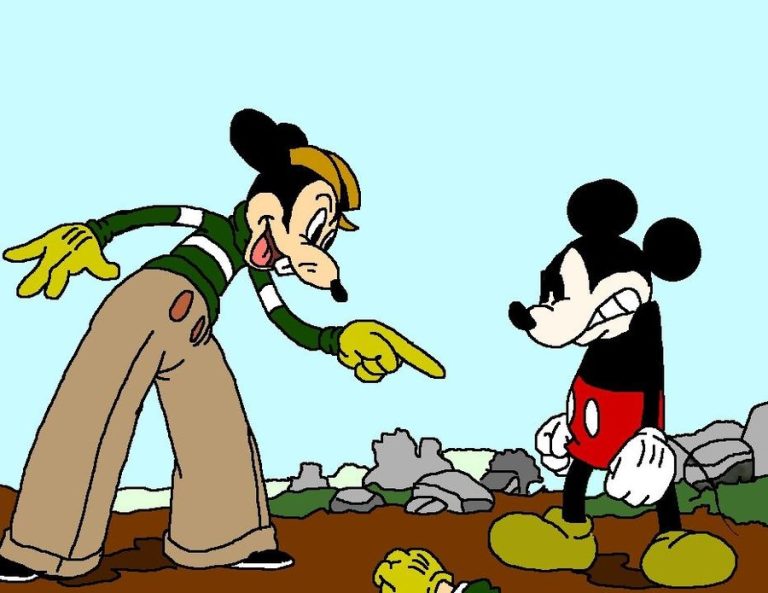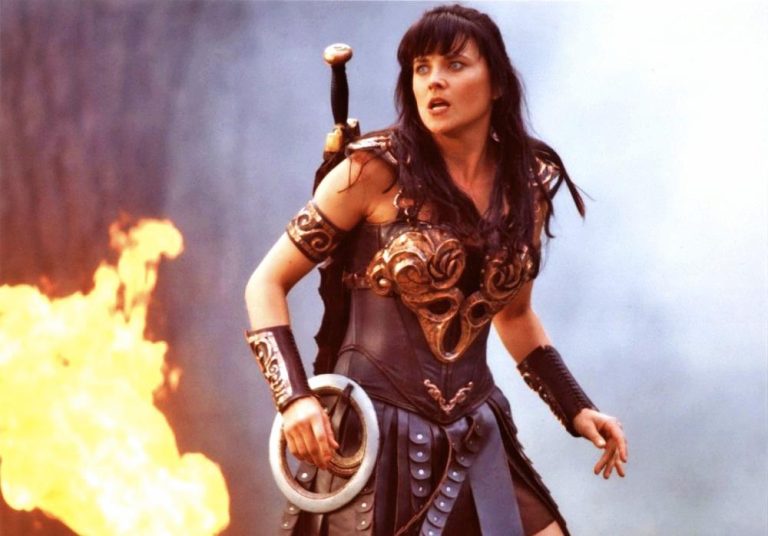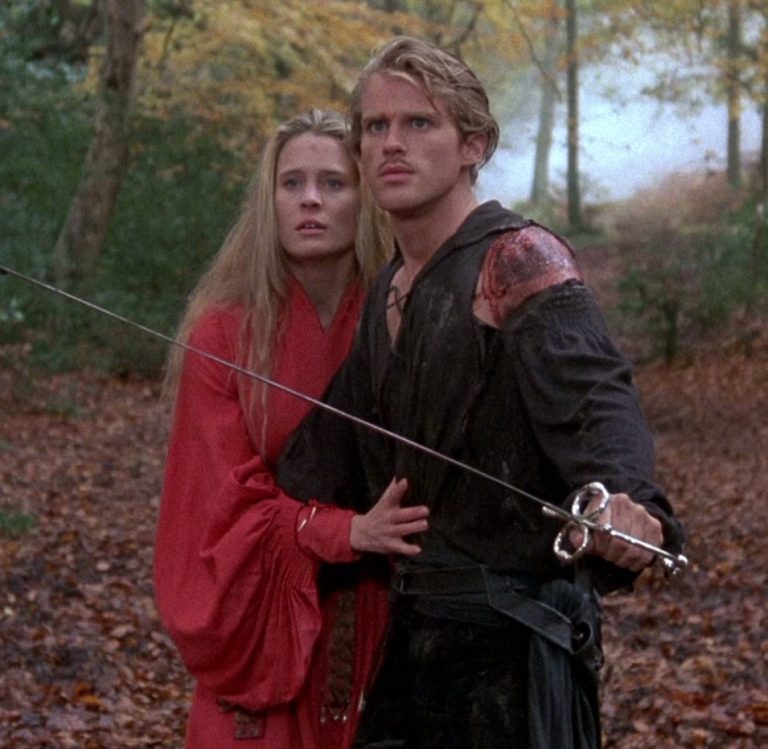Archetypes for the Supporting Cast in Your Novel
Archtypes can be inspirational and helpful in not just crafting your hero or heroine but all your secondary characters. Don’t ask me why I thought of Scooby-Doo. I just did. Maybe because each character in the Scooby gang is a specific archetype. Not too hard to figure out.
We’ve been looking at archetypes over the last few weeks, and I hope you’ve seen how these personality or character “types” can bring richness and depth to your characters.
Whether you start out with an archetype in mind and then create a character with those attributes or you start with your basic characters already formed and then deepen them with archetypal traits, you will find that utilizing these various types will help make your story great.
I’ve touched a bit on what kinds of supporting characters are needed in a novel, but let’s go deeper into some of the “supporting archetypes” you might choose.
It’s All about Your Hero’s Goal
Your novel is centered on your hero going after his goal. So secondary characters are going to either help or hinder him in his efforts. And as mentioned in prior posts, a character might change masks through the story.
In other words, in one scene, a secondary character might act motherly and encouraging, and in another scene that same character might turn into an antagonist. It all depends on your plot.
So keep that in mind when playing with these archetypes.
Once you determined archetypes for these secondary characters, they might spark great subplot and conflict ideas. Certain archetypes clash with one another, and, as I always say, conflict is story.
We need lots of great, meaningful conflict in our novels, so choose archetypes that can clash.
There are basically just a few types of characters in a novel’s supporting cast: allies, antagonists, and romance characters. Again, some of these characters might change roles. Anyone in a novel can be a “temporary antagonist,” even a best friend. All that means is for that one scene, that friend is standing in the way, creating some obstacle for your hero to reach his goal.
Let’s take a look at some of the “friend” types. See if you can find a place for one or more in your current work in progress.
The Magi
The Magi: This is the character that has advice for your hero. Always seems wise, experienced, insightful. He may have “been there, done that,” and shares advice to help the hero avoid making the same mistakes he made.
The Magi has the best interests of the hero at heart. He may not be a close friend; he might be a recluse or loner. But he is there to provide direction and inspire courage. The Magi might be the friend who gives that push right before the climax so the hero doesn’t give up. The Magi reminds the hero why he doesn’t want to be a backslider. The Magi also wants the hero to work stuff out himself; he doesn’t want to solve the hero’s problem for him.
The Magi might be a kind grandparent who takes a young hero under his or her wing. Or a teacher at college or a coworker or boss on the job.
You can darken the Magi type to be jealous of the hero’s success, teaching harsh lessons that are more cruel than kind (I think of V in V for Vendetta when he taught Evey her tough lesson by throwing her in “jail.”). The dark Magi might withhold key information the hero needs to succeed or may feed false information to him. Or not give any help at all, even when it’s clear he could help in a big way.
The Mentor
The Mentor shares some similarities with the Magi, but there are some key differences.
The Mentor is more often a peer or someone in the same place or at the same level as the hero. Think about City Slickers. Billy Crystal acts as mentor to his two friends, both struggling with their own midlife crisis. While his friends also mentor him, he is the peer who learns the big lessons and shares his “wisdom” in order to help his friends on their journeys.
When a Mentor is close in age to the hero, often competitiveness arises. But a great Mentor will be happy to see the hero succeed and will feel it’s also his success (and all this applies to female roles too, so forgive the gender choice here).
Mentors might cause conflict by thinking they know best, and when the hero doesn’t take advice, they might grow resentful. Or a Mentor might feel she’s wasted too much valuable time helping her hero friend, especially if she feels underappreciated.
The Best Friend
She’s the confidant, the listening ear. The Best Friend holds the friendship in high regard and will protect and defend it.
If the hero changes too much, in a way that upsets the Best Friend, that can cause conflict. Best Friends can get jealous, feel left out or left behind, and can become resentful when hurt.
An unhappy Best Friend might sabotage relationships the hero pursues or steer the hero in a wrong direction. Best Friends often have a long history with the hero and want to be treated as special.
The Lover
Here’s one thing to keep in mind about the Lover character. When writing a romance, the Lover comes into play in this role at the end of the story. With novels or movies that have a secondary character as the Lover, that love relationship is the reward for the hero reaching his goal and coming into his essence by the end of the novel.
It doesn’t work to have the Lover appear in full role at the beginning or middle of a novel. The exception to this is a character that is already married or has the Lover in his life, and that character then provides the support and affection for the hero as he pursues his goal.
The Lover might at some point become an antagonist or nemesis. It’s very common in stories for a happily married man or woman to have the partner turn enemy when certain decisions or choices are made.
A Lover character can provide that strength and security to help the hero. Or he can cause problems through misunderstanding or trying to help (and, instead, making a problem worse).
A Lover character can bring other aspects of conflict into the story due to her background, ethnicity, education, or religion.
And this character, when darkened, can be domineering, controlling, abusive.
Next week we’ll look at the various archetypes for rivals or antagonists in your story.
What archetypes might you use in your current novel or story that play a “friend” role? What are some aspects of a friend do you like to see in the supporting cast of characters?

